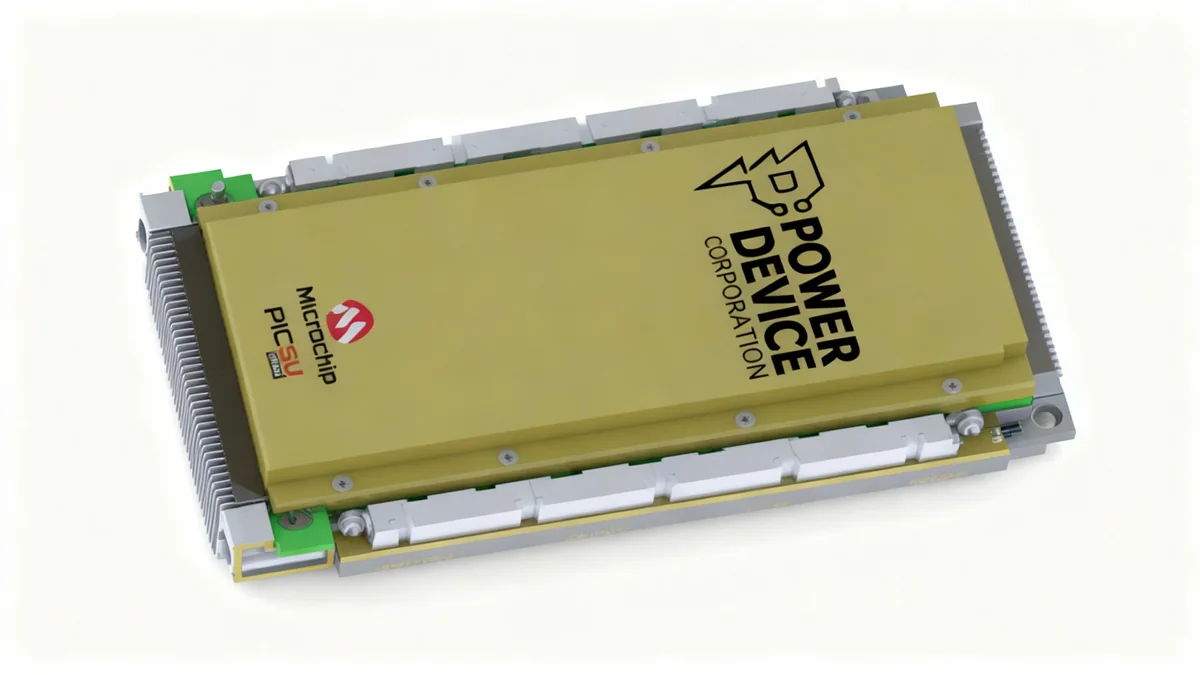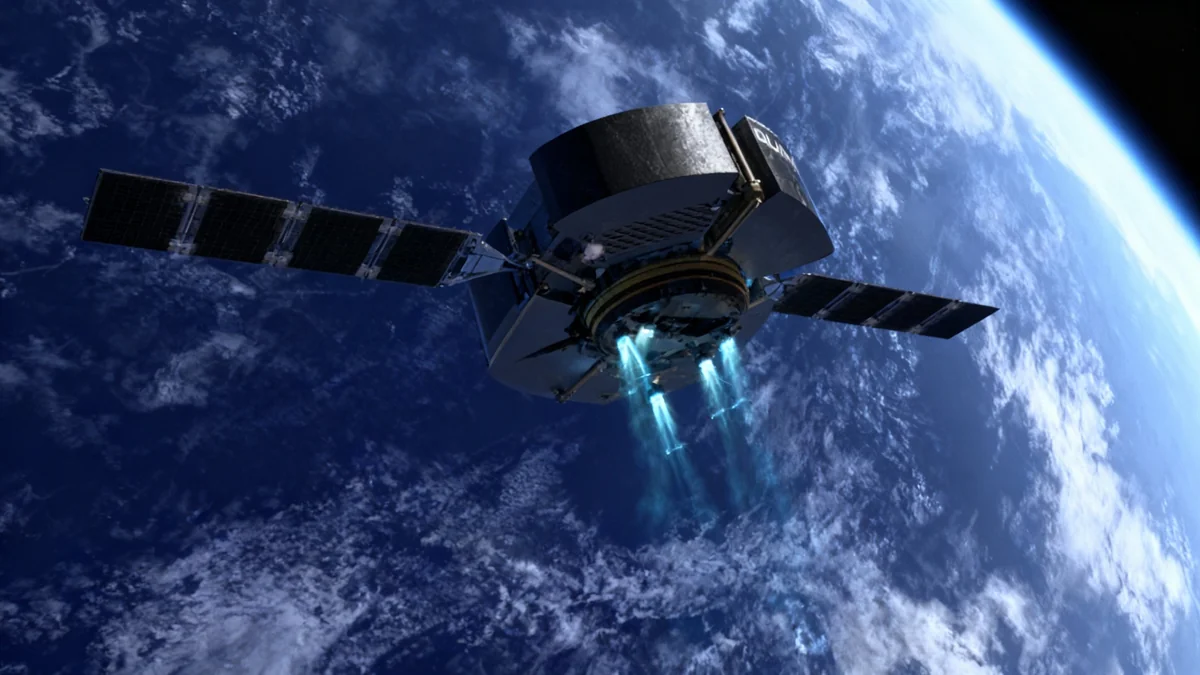A new generation of advanced artificial intelligence hardware is now orbiting Earth. This weekend, a set of photonic AI chips developed by the University of Florida and its partners was launched to the International Space Station to test their performance in the extreme environment of space.
The experiment, part of a broader NASA mission, aims to validate whether this light-based computing technology can withstand the harsh conditions of low Earth orbit. The results could pave the way for faster, more energy-efficient computers for future satellites and deep space exploration missions.
Key Takeaways
- Photonic AI chips developed by a University of Florida-led team have been sent to the International Space Station.
- The mission will test the hardware's durability against space radiation and atomic oxygen.
- This is the first time photonic computing technology of this kind has been tested in space.
- Success could lead to advanced, radiation-hardened computing for autonomous spacecraft, satellites, and defense systems.
A Frontier for Computing Technology
The experiment represents a significant step in the field of semiconductor research. Unlike traditional electronic chips that use electrons to process information, photonic chips use photons—particles of light. This approach promises much faster processing speeds and greater energy efficiency, qualities that are highly valuable for space applications where power is limited.
The chips are part of NASA’s Materials International Space Station Experiment (MISSE), a program that exposes materials and devices to the space environment from a platform on the exterior of the station. By placing the hardware outside the ISS, researchers can study the direct effects of cosmic radiation and extreme temperature fluctuations.
Volker J. Sorger, a professor at the University of Florida’s Department of Electrical and Computer Engineering, highlighted the importance of the mission.
“This mission represents a first-of-its-kind validation of photonic computing in space,” said Sorger. “By testing our photonic AI hardware on the ISS and during the launch, we’re laying the foundation for future high-performance, radiation-hardened computing systems.”
These systems are considered critical for enabling the next generation of autonomous spacecraft and satellites, which will require powerful onboard computers to navigate and operate without constant communication from Earth.
The Harsh Realities of Space
Operating electronics in space presents unique challenges not found on Earth. The environment in low Earth orbit is unforgiving, with constant bombardment from high-energy particles and exposure to atomic oxygen, which can degrade materials over time.
Testing for Resilience
The primary goal of the experiment is to measure how well the photonic chips maintain performance when exposed to two key space hazards:
- Space Radiation: High-energy particles from the sun and deep space can disrupt or damage traditional electronic components.
- Atomic Oxygen: In low Earth orbit, single oxygen atoms are highly reactive and can corrode the surfaces of materials.
Understanding how photonic technology holds up against these elements is essential. If the chips prove to be resilient, or “radiation-hardened,” they could offer a robust alternative to current space-grade electronics. The data collected will inform the design of more durable computing systems for both space and terrestrial defense applications.
A Collaborative Effort
The development of these advanced prototypes was a major collaborative effort. The University of Florida spearheaded the project, utilizing its Nanoscale Research Facility. Key partners provided crucial expertise and resources:
- MIT
- Vanguard Automation
- AIM Photonics
- Fraunhofer Heinrich Hertz Institute (Germany)
This international partnership brought together leaders in academia and industry to push the boundaries of semiconductor technology. The chips were launched aboard the Japanese H-II Transfer Vehicle (HTV-X1), showcasing the global nature of research conducted on the ISS.
What is Photonic Computing?
Photonic computing uses light (photons) instead of electricity (electrons) to perform calculations. The potential benefits include:
- Higher Speeds: Light travels faster than electrons in a circuit, allowing for quicker data processing.
- Lower Energy Use: Photonic circuits generate less heat, making them more energy-efficient.
- Increased Bandwidth: Light-based systems can carry significantly more information than electronic ones.
These advantages make photonics a promising technology for data centers, high-performance computing, and, as this mission explores, the demanding environment of space.
Future Implications for Space and Earth
The successful validation of photonic AI chips in space would have far-reaching consequences. For space exploration, it could enable spacecraft to make complex decisions autonomously, a necessary capability for missions to distant planets where communication delays can be hours long.
Advanced satellite communication systems could also benefit, handling more data with greater efficiency. This could improve everything from global internet access to Earth observation and weather forecasting.
According to researchers, the insights gained from this mission will directly influence the next phase of development. The goal is to create fully integrated, durable, and powerful computing platforms that can operate reliably for years in the most extreme environments, pushing the boundaries of what is possible in space exploration and satellite technology.





